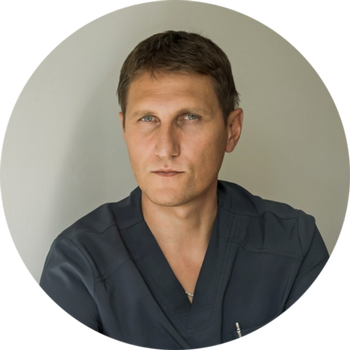
The real breakthrough - the first heart transplant - took place in Belarus in 2009. After mastering this operation, we caught up with the European level of cardiac surgery. Now, in our countries, the same technologies are available as in states with more advanced medicine, says Alexander Komarovsky, a cardiac surgeon at the Republican Clinical Medical Center.
In the near future, there are no such leaps as heart transplantation expected, but the efficiency and safety of cardiovascular surgery continue to gradually improve.
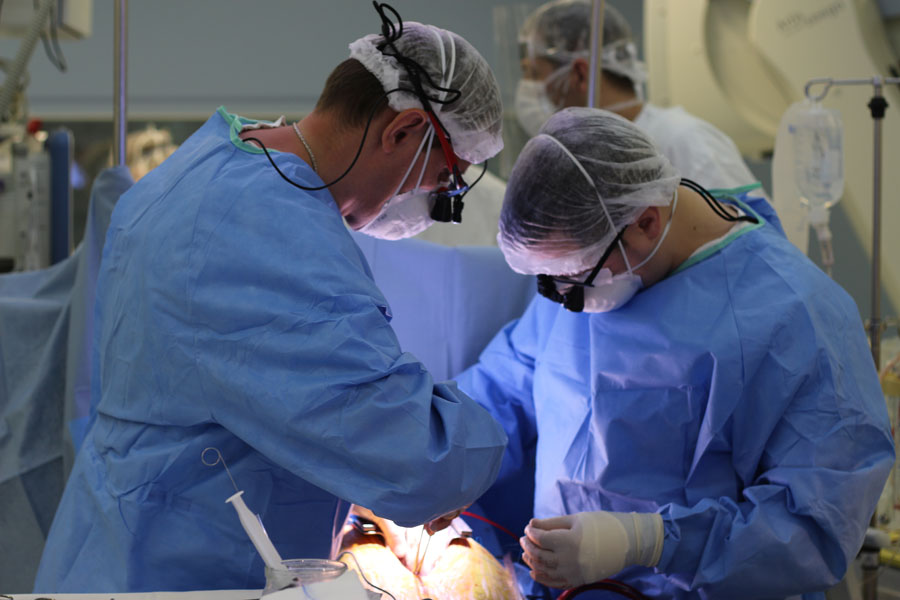
What has changed over the last 10-20 years?
— In all surgical fields, there has been a trend towards minimizing invasiveness during surgery.This speeds up the healing of surgical wounds, reduces the risk of infection and the volume of bleeding, shortens hospitalization and rehabilitation periods.
This trend has also affected cardiothoracic surgery: now heart surgeries can be performed through minimal incisions (3-8 cm), with the use of robot-assisted procedures. Such interventions are also conducted in Belarus
The choice between minimally invasive or "classic" cardiothoracic surgery is made on an individual basis for each patient. Surgeon selection depends on various factors, including the disease's pathology, the extent of the operation, the patient's condition, the preparation of the surgical team, equipment availability, and more. However, the possibility of conducting the surgery using minimally invasive methods (aortocoronary bypass, valve correction, and ascending aorta) should be considered for every patient.
The quality of heart valve and vascular prostheses has improved. The better these prostheses function, the less invasive the surgical procedure, leading to faster patient recovery, improved quality of life, and long-term survival.
Every 5-10 years, heart valves are enhanced, and vascular prostheses used in aortic and major vessel replacement surgeries are improved. 15-20 years ago, vascular prostheses were used without any treatment, which resulted in increased blood loss during surgery and, consequently, reduced patient survival.
There are also new developments in prostheses. For example, stent grafts have emerged and are used in both endovascular and open surgery.
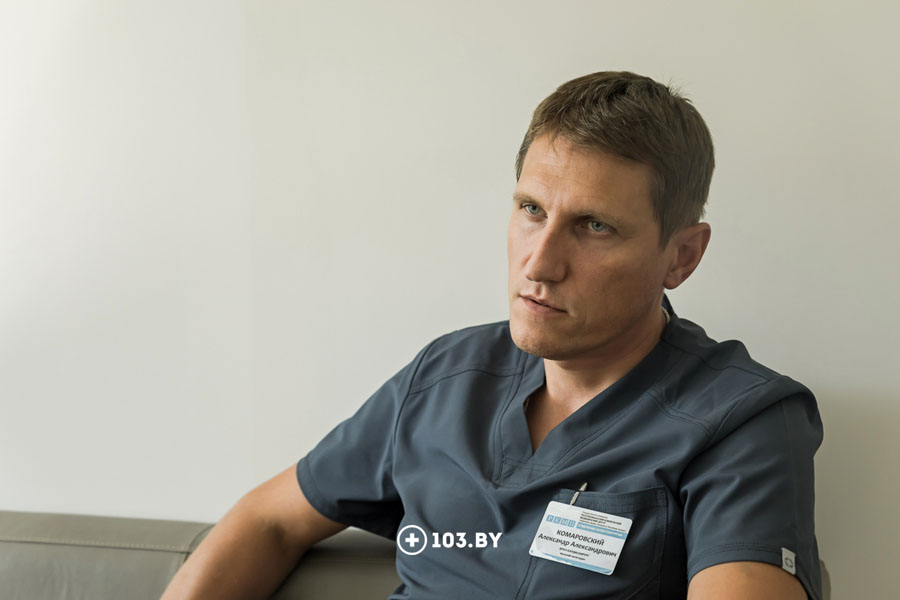
The protection of the myocardium and the overall body during surgery has improved significantly thanks to new technologies and medications, higher-quality equipment for artificial circulation (both cardio-surgical and anesthesiological), and the optimization of the surgical team's performance.
The crucial factor is that in cases where the patient has myocardial ischemia, time plays a vital role. After an hour of surgery with artificial circulation, there is a risk of myocardial infarction. Cardiovascular surgeries are often relatively lengthy, with the heart being stopped for an hour, an hour and a half, or even longer.
In the past, surgeons who could complete the primary stage of the operation in 20-30 minutes were considered exceptional (and there were very few of them). Now, the provisionally safe duration of the surgery has increased thanks to the improved quality of the tools and equipment used in artificial circulation and cardiac arrest. Moreover, this process is expedited by the higher-quality work of the entire surgical team and all the staff involved in patient rehabilitation.
Preliminary patient examination is also crucial for cardiac surgery. In recent times, visualization methods such as ultrasound diagnostics, CT scans, and MRI diagnostics have advanced. These methods have enhanced the quality of patient preparation for surgery and provided better insights into the pathology. As a result, the effectiveness and safety of surgical treatment have increased.
In Belarus, the provision of cardiovascular surgical services has seen a significant increase. While heart transplants were not performed in the country before, they began in 2009, as did complex heart-lung transplantation. Various types of ventricular bypasses are now routinely implanted as well.
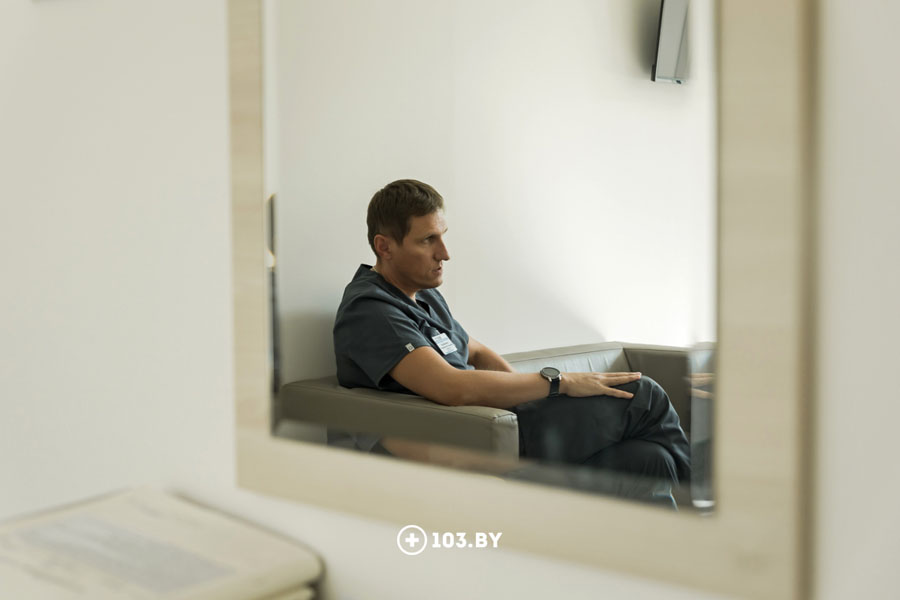
In Belarus, there has been a significant increase in the accessibility of cardiothoracic surgical care over the last 10-15 years. In the past, patients could wait for surgery for a year or more, but now the waiting time has been reduced to 2-3 months. In such cases, the chances of a successful operation increase.
Of course, not every clinic in Belarus performs all types of cardiovascular surgeries. It all depends on the availability of a prepared surgical team, equipment, and consumables, as they can be expensive in the field of cardiothoracic surgery.
Are all new technologies necessarily very expensive?
— Unfortunately, until a certain testing period has passed and it becomes mass-produced, all methodologies are expensive.
However, in Belarus, the labor of a surgical team is much cheaper than, for example, in Israel. The cost primarily consists of consumables, accounting for the cost of the equipment used, and the patient's length of stay in the clinic.
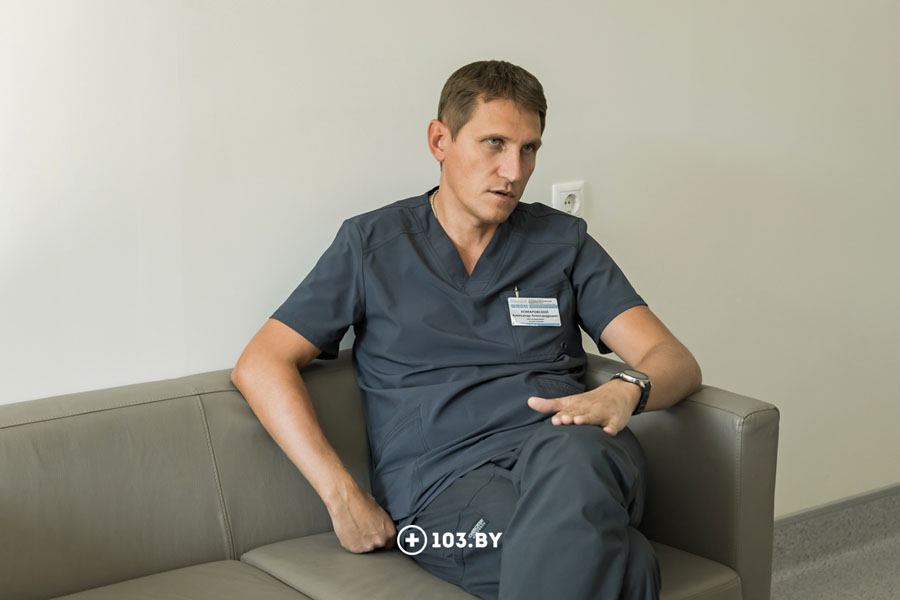
How will cardiothoracic surgery change in the next 10 years?
— Existing new techniques will become more refined and cost-effective due to increased competition.
For instance, in open surgery, seamless aortic valve implantation is being utilized. This procedure takes an average of 30 minutes, as opposed to the 1.5 hours required for traditional implantation. Previously, this valve was quite expensive, but now there are alternatives emerging, leading to a reduction in its price.
However, new doesn't always mean better. Some treatment methods fail to demonstrate their long-term effectiveness, while others prove to be effective but don't meet all the expectations placed on them.
When coronary artery stenting was first introduced, it was said that endovascular surgery would completely replace cardiothoracic surgery.
When TAVI (Transcatheter Aortic Valve Implantation) was introduced, it was said that it would entirely replace open cardiothoracic surgery. It has been "replacing" it for nearly 20 years now. It's likely that this will never happen. Currently, endovascular methods cannot fully replace cardiothoracic surgery because patients often have additional comorbidities.
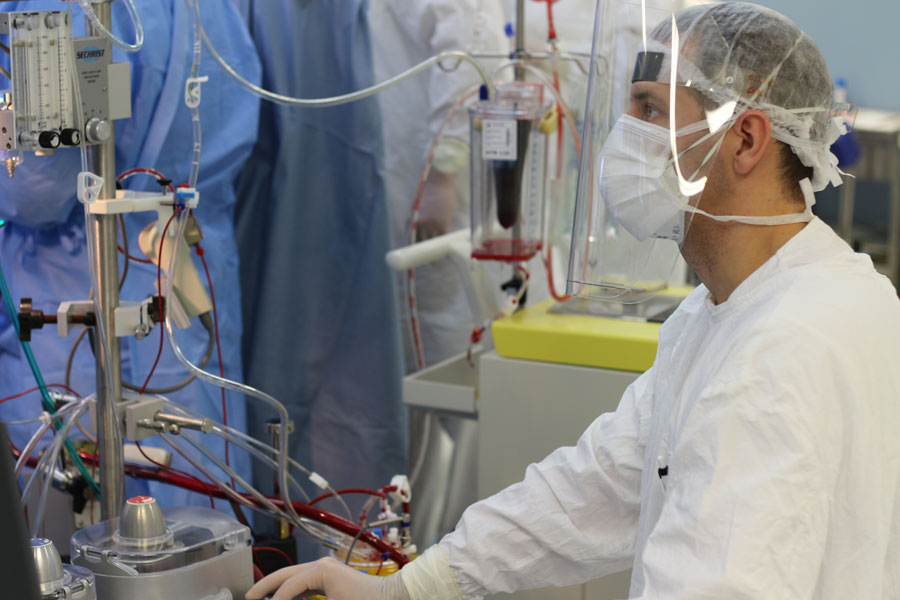
They continue to implement endovascular mitral valve implantation techniques, but this is happening slowly – it's been about 10 years already.
Endovascular prosthetics of a single aortic valve is also gradually being introduced, but each time it encounters pros and cons. Therefore, open-heart surgery will still be necessary in the near future. But there's no need to be afraid of it. Often, well-established "classic" techniques in modern execution are much more effective and safer than newly emerging ones. Although I'm sure new breakthroughs are also awaiting us, even if not within 10 years.
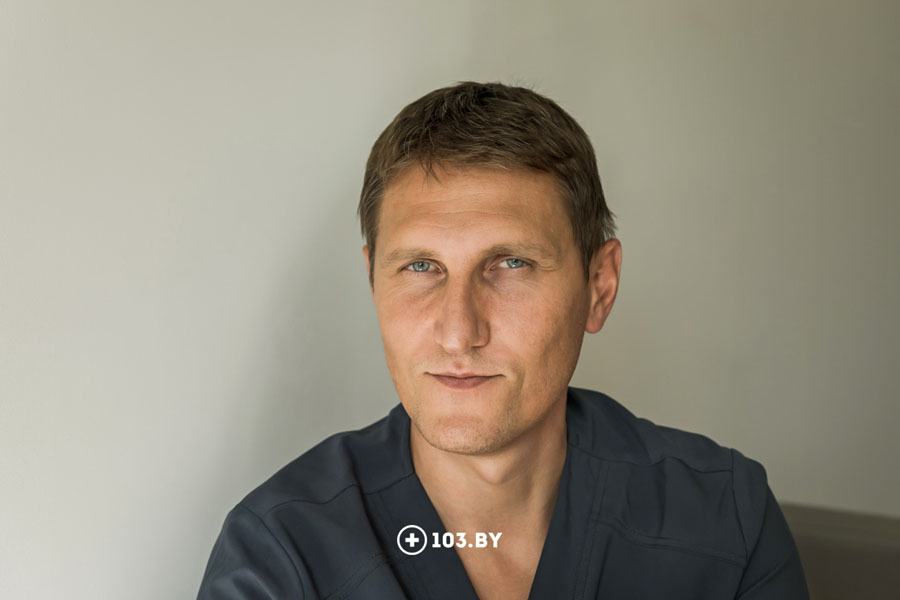
Interviewed by: Kristina Holoviychyk
Photo: Elena Hordeychik
103.by



